Best and Worst Hamster Breeds to Keep as Pets
Hamsters are adorable little pets, but not all breeds are the same. Some are friendly and love attention, while others are better left to their own space. Choosing the right breed can make a big difference in your experience as a pet owner. If you’re looking for a cuddly friend or a lively pet to observe, understanding the best and worst breeds can guide you to the perfect choice.
Syrian Hamsters (BEST)
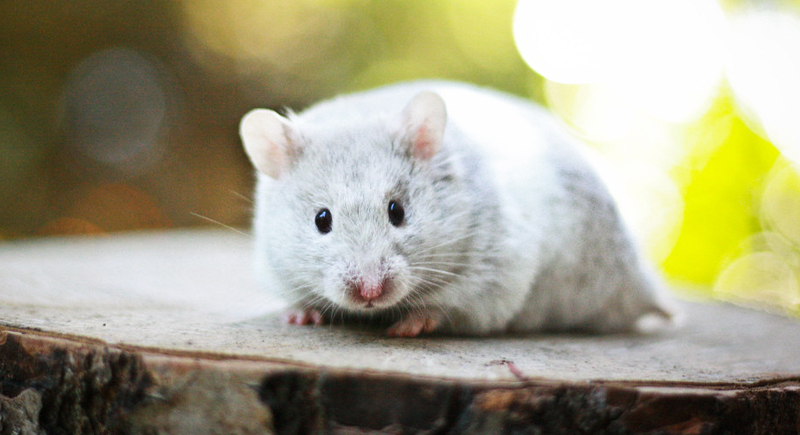
Credit: flickr
These hamsters are the most popular choice for a reason. They’re larger, easier to handle, and enjoy one-on-one interaction. With proper care, they bond well with their owners. Their size makes them great for kids or beginners who need a gentle and manageable pet.
Dwarf Campbell Russian Hamsters (BEST)
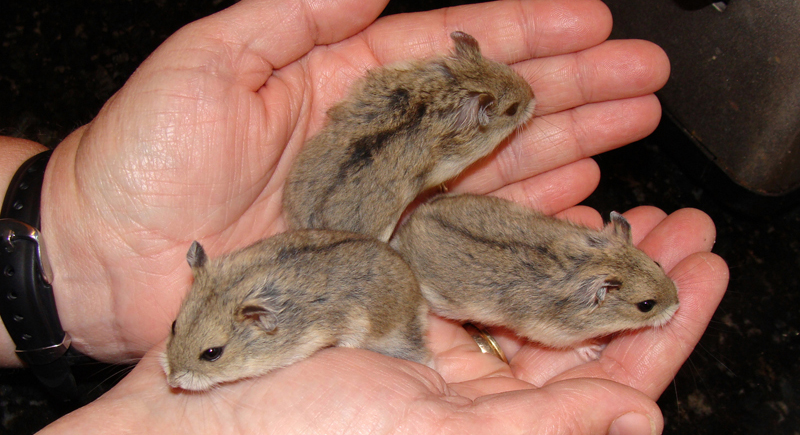
Credit: flickr
Campbell’s hamsters are small and social, often thriving in pairs if introduced early. They’re active but not overly challenging to care for. Although they can be nippy when scared, gentle handling can help them become calm companions.
Winter White Dwarf Hamsters (BEST)

Credit: iStockphoto
These adorable hamsters are known for their seasonal fur changes. They’re easygoing and less prone to biting than other dwarf breeds. Winter Whites prefer solitude, so their calm demeanor makes them ideal for people who would forego the constant interaction.
Roborovski Hamsters (BEST)
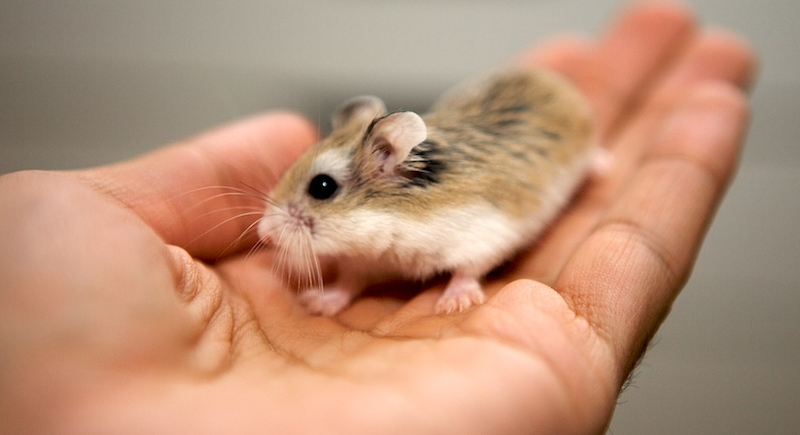
Credit: flickr
If you love watching a tiny pet with endless energy, this breed is a fantastic choice. They’re not the cuddly type but are surprisingly fascinating to observe. Roborovskis are incredibly fast, so they’re better suited to experienced hamster owners who can appreciate their active nature.
Chinese Hamsters (BEST)
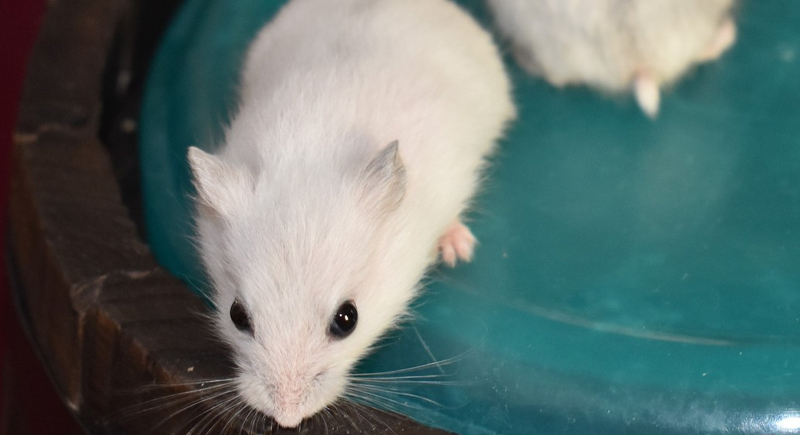
Credit: Instagram
These little ones are quieter than most breeds and adapt well to being handled. Their long, slender bodies make them incredibly unique. While they can be shy at first, patience helps them open up. A quick heads up though: owners must willing to build trust.
Teddy Bear Hamsters (BEST)

Credit: Instagram
These are a fluffy variation of Syrian hamsters with extra-long fur. They’re docile and often enjoy being held. Regular brushing keeps their coat in good condition, but their calm nature more makes up for the extra grooming effort.
European Hamsters (BEST)

Credit: Instagram
Though larger than the average hamster, the European hamsters are very friendly when raised in a comfortable environment. They need plenty of space, so they’re a good match for owners who can provide a larger enclosure and spend time taming them.
Panda Hamsters (BEST)
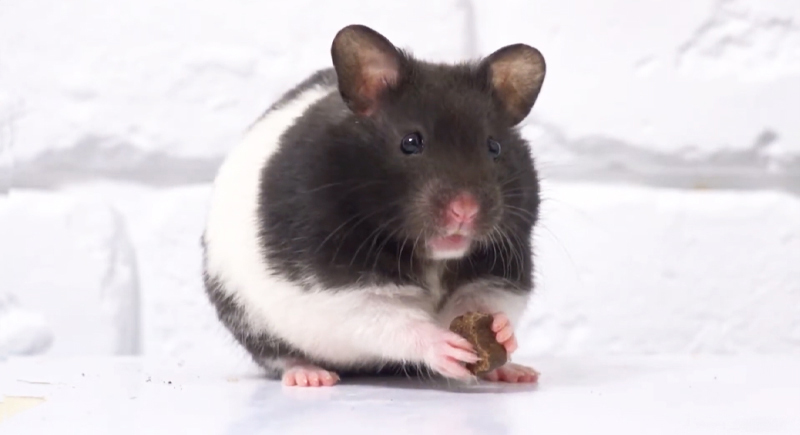
Credit: Youtube
Named for their black-and-white fur, Panda hamsters are just as lovable as they look. They’re easy to tame and handle, which is perfect for first-time owners. Overall, it’s a great option for bonding and gentle interaction.
Sapphire Winter White Dwarf Hamsters (BEST)

Credit: Wikimedia Commons
This striking color variation of the Winter White Dwarf Hamster features a soft gray-blue coat and a calm temperament. Sapphire Winter Whites are easy to care for and tame, making them great beginner pets. They prefer peaceful environments and can live alone or in compatible same-sex pairs.
Black Bear Hamsters (BEST)
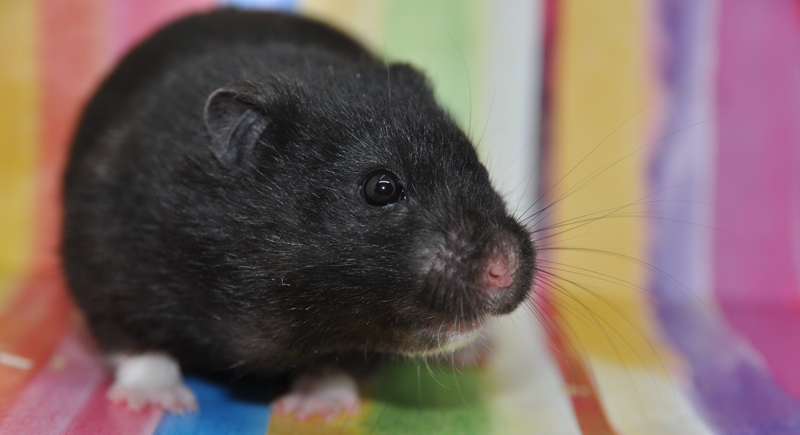
Credit: Wikimedia Commons
A color variation of the Syrian Hamster, Black Bears share the same friendly and curious nature that makes Syrians so popular. Their velvety black coats and calm personalities make them easy to handle. These gentle pets thrive best when kept individually and form strong bonds with patient owners.
Wild European Hamsters (WORST)
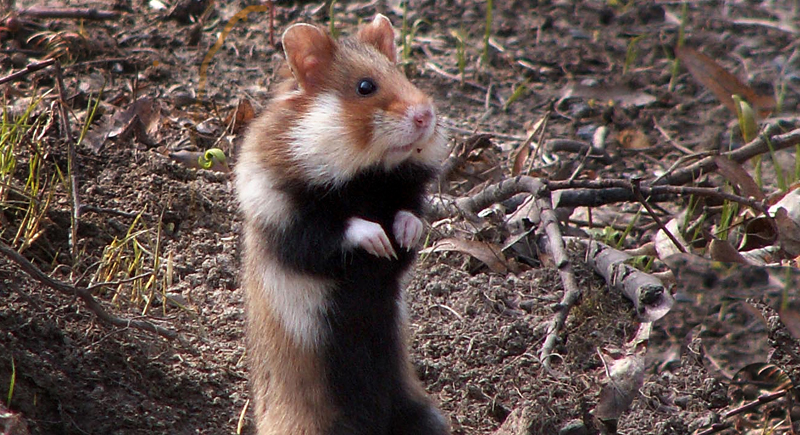
Credit: Wikimedia Commons
True to their name, wild European hamsters are aggressive and unsuitable for domestication. They are territorial by nature and don’t adapt well to small enclosures or regular handling. Keeping them can be a serious challenge, even for experienced pet owners.
Russian Hybrid Hamsters (WORST)

Credit: flickr
These hamsters result from crossbreeding and often have unpredictable temperaments. They’re more prone to health issues, which can be costly and stressful to manage. While they may be beautiful, their care needs can overwhelm a casual pet owner.
Algerian Hamsters (WORST)

Credit: Wikimedia Commons
Rarely domesticated, Algerian hamsters require specialized care that’s hard to meet in a typical home. They’re highly active and need a lot of space, traits that are more suited to wildlife settings than a hamster cage.
Turkish Hamsters (WORST)

Credit: Wikimedia Commons
Turkish hamsters are notorious for their strong personalities. They tend to be territorial and can become aggressive when disturbed. Their unpredictable behavior makes them a poor choice for handling or small spaces.
Golden Hamsters (WORST)

Credit: iStockphoto
Some lines of Golden hamsters are less domesticated than others. These particular variants can be difficult to handle and may not enjoy being touched. They require plenty of patience, which isn’t ideal for beginners or families.
Armenian Hamsters (WORST)
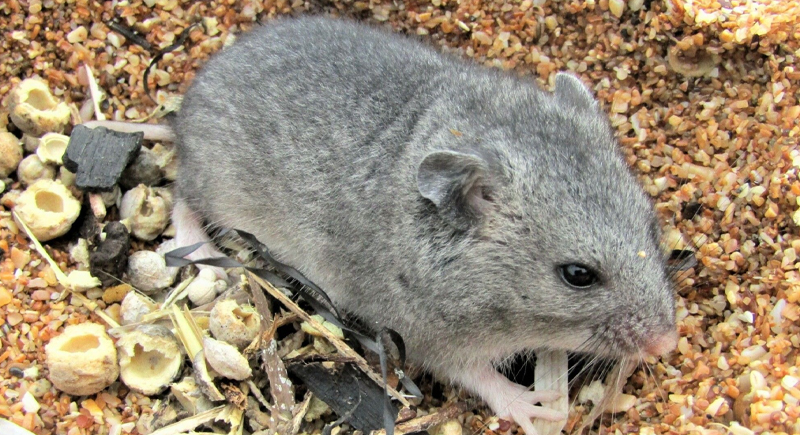
Credit: Wikimedia Commons
Active and curious, Armenian hamsters are escape artists. They need enclosures with extra security and don’t tolerate handling well. While fascinating to watch, their high-energy behavior makes them unsuitable for those who want a low-maintenance pet.
Wild Roborovski Variants (WORST)

Credit: Wikimedia Commons
Unlike domesticated Roborovskis, wild variants are nearly impossible to tame. Their constant movement and fear of humans make them highly stressful pets. They thrive better in natural habitats than in captivity.